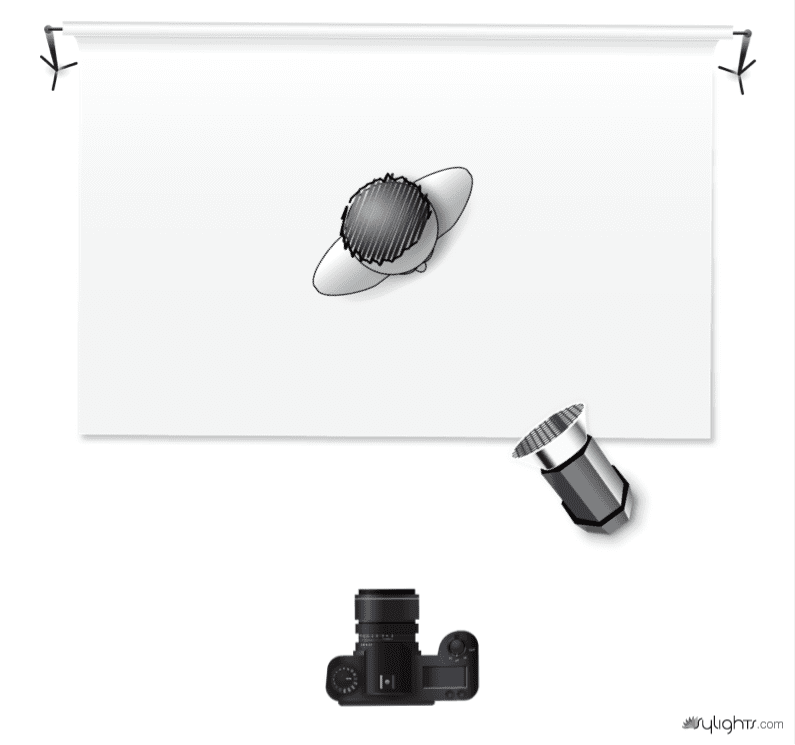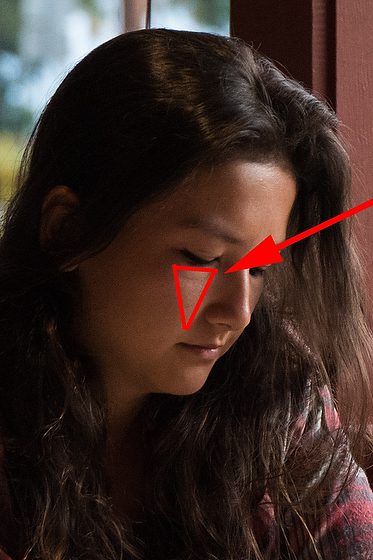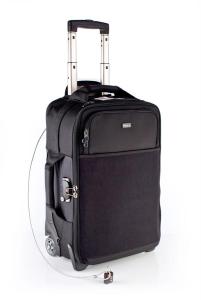 |
| Keeping the Ramblin’ Wreck from Georgia Tech running all these years requires tender care by mechanics. The car has been rebuilt completely a couples times. |
If we worked with creative the way we get our cars fixed we probably would be more successful. The key is to find a great mechanic and when you do, you most likely will do everything to keep them–they are hard to find.
You have a problem with your car and you articulate your problem to the service person. They listen and write down the symptoms and let you know they will check on it. How many times do they come back and the problem is caused by something that surprised you?
You may think your transmission needs to be replaced because the gears are just slipping out. They look at it and for about $50 they replace a sensor. Other times you think it is something simple and they find a major problem.
 |
| To win races the car has to be pushing all the limits possible. To make this happen a mechanic must know more than the minimum, they must know enough to help think of possibilities to get the most out of the performance of the car. |
What often are missing in the creative process are two steps I see every time I have my car serviced. First, I articulate what I think is the problem. Second, they take the car without me over their shoulder and pop the hood and get a good look with computers hooked up to the car for diagnosis and much more sophisticated analysis than I can do.
If we did car repairs like we handle many creative projects we would just tell the mechanic to switch out those spark plugs and then just before they are finished we may say can you go ahead and give me a valve job.
We seldom have that first conversation where we are articulating our problem that needs solving.
We need more people calling us wanting our services. Then the creative knows they need to make the phone ring. However, this often is stated as I want a brochure or I need a website.
After the client and the creative person have the sit down meeting to go over all the issues they need addressed the creative should have time to go away from the client, without distractions and come up with some solutions.
At this point the client can do just like they do with the repair shop. Still get whatever they want, but now they have had the expert give them some of their advice.
 |
| Atlanta Symphony Orchestra Guest Conductor Arild Remmereit and Sergei Krylov, guest violin soloist, answer the questions from middle school orchestra students after the concert. The students are listening to the creative experts and want to learn. |
You have probably had someone ask you for something and it is much easier just to give it to them. However, if you ask some questions like what are you trying to accomplish this can help both of you get better results.
The earlier you bring a creative person in on a project the more information they are privy to and this can increase the quality and improve the impact of accomplishing your goal.





































































































